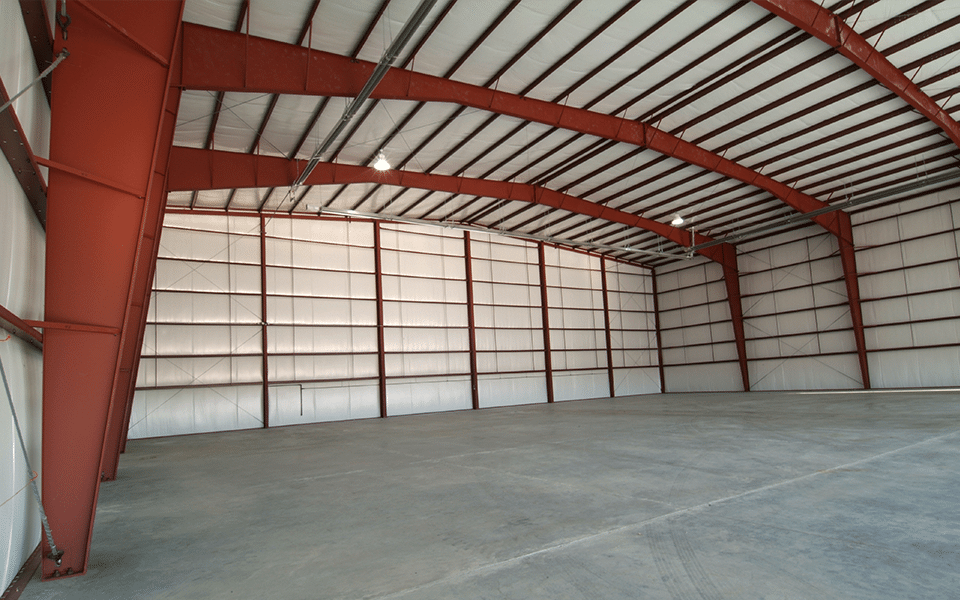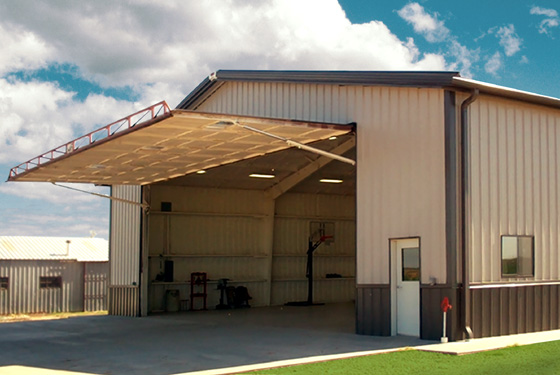
How To Design Your Perfect Prefab Steel Airplane Hangar
Designing your perfect prefab steel airplane hangar can be an exciting yet challenging endeavour. With careful planning, you can create an efficient, cost-effective, customized hangar to suit your specific needs. This article will discuss the key considerations and steps you should follow when designing your dream airplane hangar building.
Table of Contents
Assess Your Needs and Requirements
Before diving into the design process, it’s crucial to determine your specific needs and requirements. Consider the following questions:
- What type and size of aircraft will you be storing?
- How many aircraft will be housed in the hangar?
- Will you require space for maintenance, repairs, or other aviation-related tasks?
- Are there any additional facilities you’d like to include, such as offices, storage rooms, or rest areas?
Choose the Right Product Type and Configuration
There are various types of prefab steel airplane hangars, each with its advantages. The most common types are:
- Arch Style: This design features a curved roof and walls, offering excellent strength and durability. It is well-suited for small aircraft or tight spaces.
- Rigid Frame: With its straight walls and pitched roof, this style is popular for its versatility and customization options. It is ideal for housing multiple aircraft or providing ample space for maintenance and repairs.
- Clear Span: As the name suggests, this hangar has no interior columns, providing unobstructed space for easy manoeuvrability and storage. It is suitable for larger aircraft and more complex operations.
Select the hangar type that best fits your needs, and consider the configuration that will maximize efficiency and ease of use, such as T-hangars, nested T-hangars, or box hangars.
Optimize Space and Layout
Efficient use of space is pivotal when designing your airplane hangar building. Ensure the aircraft has enough room, including the wingspan and tail height, and space for manoeuvring and performing necessary tasks. Additionally, consider allocating areas for:
- Maintenance and repair zones
- Offices and administrative spaces
- Restrooms and break areas
- Storage for tools, equipment, and spare parts
When planning the layout, prioritize functionality and workflow, creating a seamless and efficient environment for all construction operations.
Consider Energy Efficiency and Environmental Impact
Prefab steel airplane hangars have the advantage of being energy-efficient and environmentally friendly. To maximize these benefits, consider incorporating the following:
- Insulation: Proper insulation will help regulate the interior temperature, reducing energy consumption for heating and cooling.
- Skylights and windows: Natural lighting can minimize the need for artificial lighting and reduce energy costs.
- Solar panels: Installing solar panels on metal roofs can generate clean, renewable energy to power the hangar.
Additionally, select eco-friendly materials and finishes low in volatile organic compounds (VOCs) to improve indoor air quality.
Plan for Future Expansion
As your aviation needs change, your hangar may need to accommodate additional aircraft or facilities. When designing your hangar, consider how it might be expanded in the future. This could involve:

- Ensuring that the hangar’s foundation can support the additional weight
- Designing the structure with modular components that can be easily reconfigured or extended
- Allowing for ample space around the hangar to accommodate potential expansion
Planning for future growth can save time and money in the long run.
Conclusion
Designing your perfect prefab steel airplane hangar is a significant and rewarding undertaking. By thoroughly assessing your needs, selecting the most suitable product, optimizing space and layout, prioritizing energy efficiency and environmental impact, and planning for future expansion, you can create a customized, functional, and aesthetically pleasing structure that meets your unique aviation requirements. Following these steps will help ensure your hangar not only effectively houses your aircraft but also promotes efficiency, cost-effectiveness, and sustainability, making it a valuable asset for years to come.



